I'm working on an RCP application that's in a transition from a Swing version. So we have a lot of UI components that still need to live in the Swing world during this transition. I'm able to properly place the existing Swing components in AWT-SWT bridge frames.
I've wrapped these Swing components in a JScrollable pane before adding them to the bridge so that I don't have to resize the containing-part when the size of the Swing UI elements change. The code where I place an old Swing component in a part looks like this:
@PostConstruct
public void postConstruct(final Composite parent) {
/* Create embedding composite */
final Frame bridgeFrame;
final Composite embed;
embed = new Composite(parent, SWT.EMBEDDED);
embed.setLayout(new FillLayout());
bridgeFrame = SWT_AWT.new_Frame(embed);
bridgeFrame.setLayout(new BorderLayout());
bridgeFrame.add(
new JScrollPane(getTestPanel()),
BorderLayout.CENTER);
}
My Swing component has a behavior where when the user clicks a button, things that were hidden in the component are made visible, or new UI elements are added to the Swing component. For example:
private JPanel getTestPanel() {
final JPanel output;
final JButton eastBttn, westBttn;
output = new JPanel();
eastBttn = new JButton("East Button");
westBttn = new JButton("West Button");
output.setLayout(new BorderLayout());
output.add(eastBttn, BorderLayout.EAST);
output.add(westBttn, BorderLayout.WEST);
eastBttn.addActionListener(evt -> {
System.out.println("East Button Clicked");
output.add(new JLabel("East Button Clicked"), BorderLayout.CENTER);
});
return output;
}
My problem is, when the elements in the Swing-component change, the parent bridge-frame doesn't properly get rendered.
When the parts are first created, my application looks like this:

After I click on the EastButton it's supposed to add a text label in the center of that bridge frame. However, nothing changes in the application view.
But, when I even begin to resize the containing part-sash a little, the part containing the bridge-frame updates correctly:
What can I do to make the bridge-frame update containing part update automatically?
To test whether this was a repainting issue on the bridge-frame, I had a menu item which would trigger a repaint / revalidate / pack of the bridge-frame, but that didn't solve the issue. I suspect it has something to do with the renderer of the containing part, but have no idea how to go about addressing it.